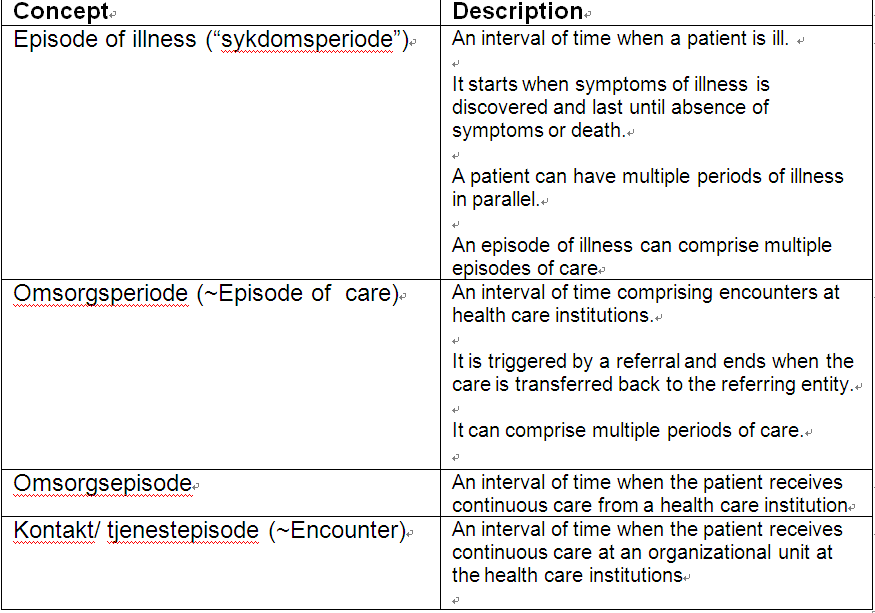CDA文档实例
关于CDA R2的学习,很多人可能想直接看看这样那样的一些例子,下面是我所搜集的一些
1.来自Rene Spronk整理的压缩包,里面有丰富的内容 包含了很多国家不同项目的一些实例
下载链接一(原作者提供的)
下载链接二(方便一些无法下载一)
其中的说明文件如下1
2
3
4
5
6
7
8This archive contains a number of CDA R2 examples (using Normative Edition 2005 schema) from various countries. These examples are for educational and testing purposes only. CDA implementation guides have been included (if available), as well as a presentation stylesheet (if available).
Some projects have a finalized status; other material may still be undergoing development.
*WARNING*: The examples contained in this archive may not be what is actuall used in the listed country/project.
-If the examples used a pre-adopted version of CDA R2 (and this is true for quite a number of current projects), then they have been manually "transformed" to be compliant with the CDA R2 schema before being included in this archive. Whether or not an example has been transformed is indicated in a comment near the top of the example.
See http://www.ringholm.de/download/CDA_R2_examples.zip for the latest version of this archive. Should you wish to contribute to this archive in the form of new projects, additional examples, updates of implementation guides, please e-mail rene.spronk@ringholm.com.
2.美国的一些实例,来自NIST的网站 请读者选择性下载
参考网站
自己整理的
3.台湾的一些实例
来自电子病历标准管理网站



